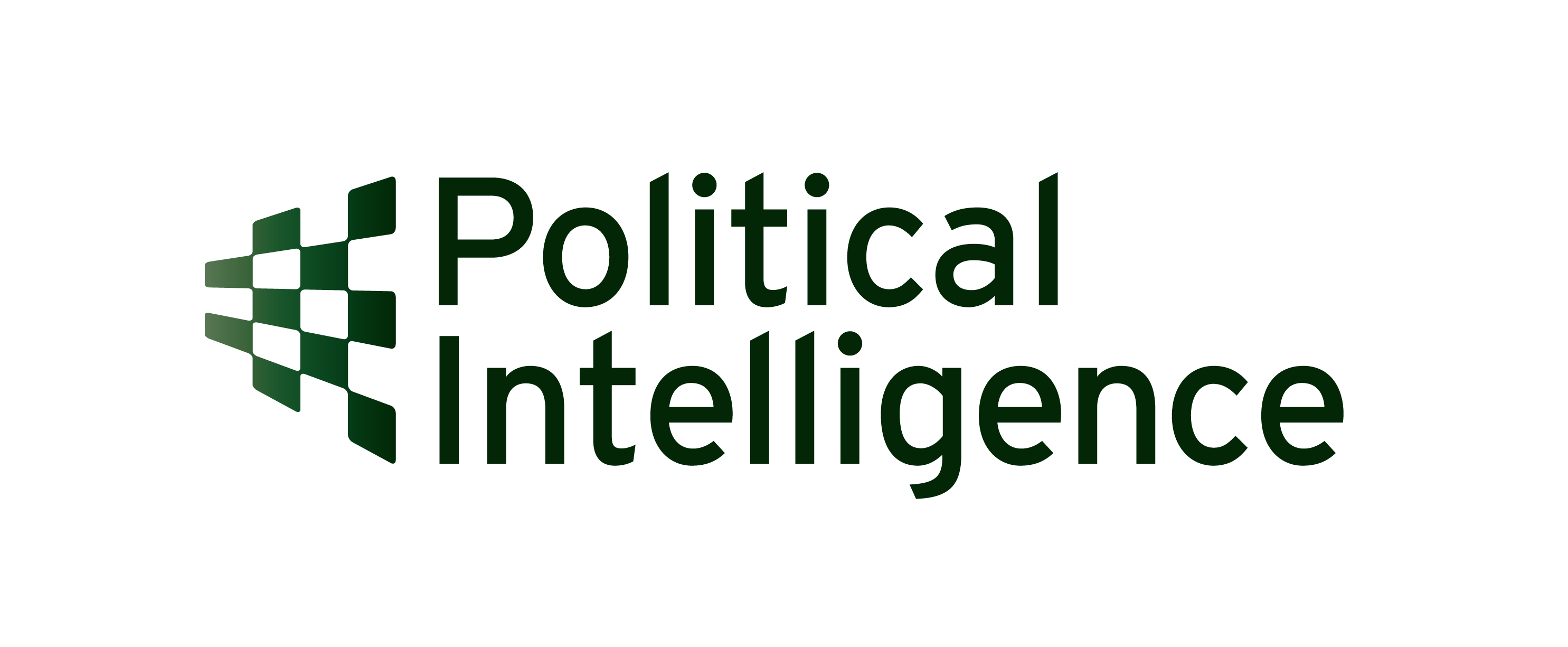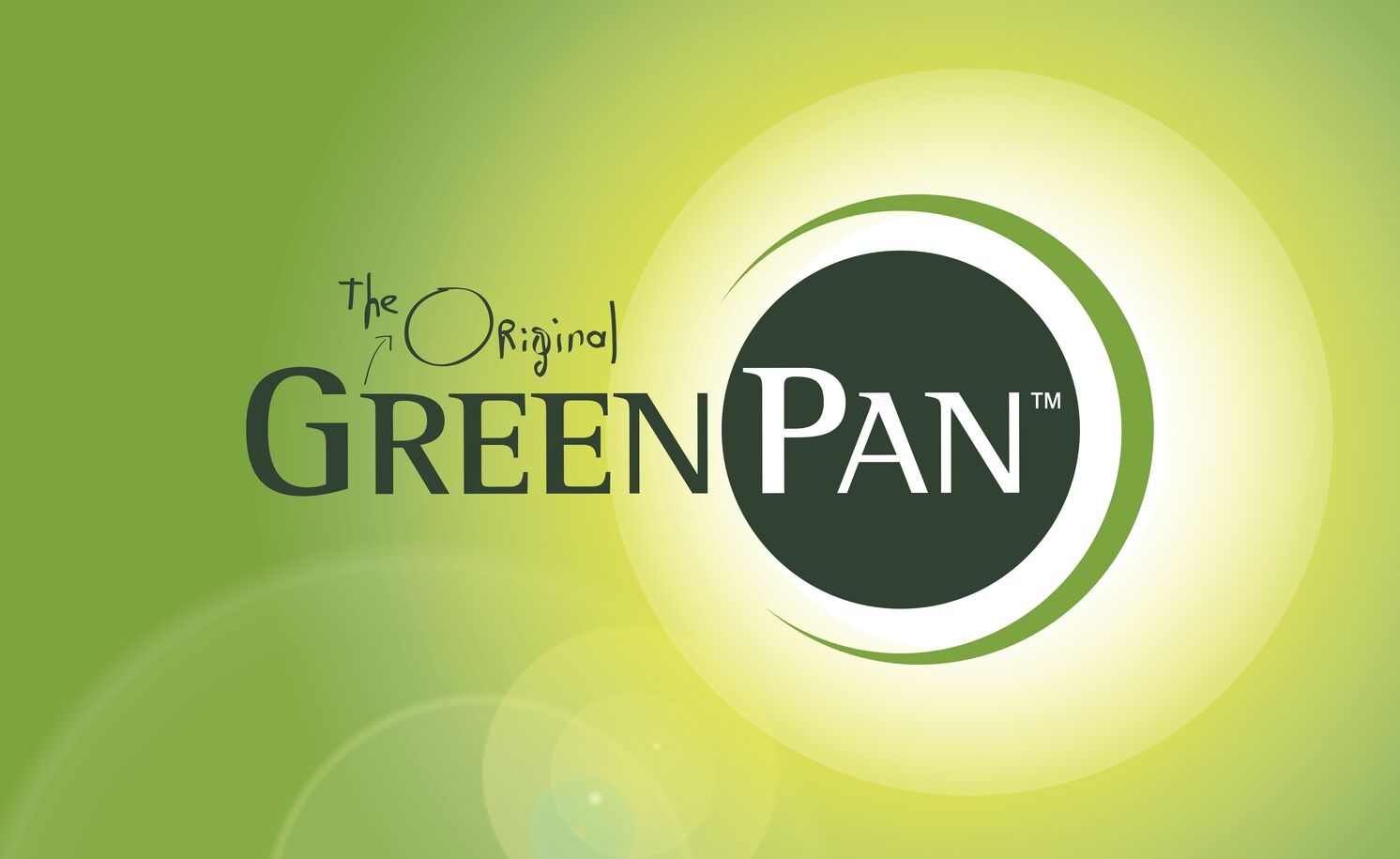The look and feel of your breasts

Today, more than eight in 10 women survive breast cancer. This is due not only to improved therapies, but at least as a result of early detection. The earlier a cancer is detected, the better the chances of survival. When we think of early detection, we spontaneously think of screening mammography, the population screening for which women between the ages of 50 and 69 are invited biannually. The impact of screening on survival is indeed favorable and well documented.
If 1,000 women between the ages of 50 and 70 do not participate in the study for 10 years, 8 die of breast cancer. If they do, 5 die and 3 lives are saved. The impact is real but modest, and false-positive results (finding a suspicious lesion that turns out to be harmless after further testing) can give women quite a scare. However, some cancers slip through the cracks: they are not detected with screening mammography. Others pop up before age 50 or in women 70 and older, who are no longer invited for screening.
Overestimated effect
"Screening mammograms have certainly contributed to better survival," agrees Professor Jan Lamote, former head of the breast clinic at UZ VUB, "But even more important is the contribution of women themselves. Six out of ten breast cancers are discovered by themselves, either by chance or during a self-examination. That is why it is crucial to focus on awareness: look at your breasts. Know the alarm signs." That breast awareness saves lives is also proven by research. An American study asked 361 women who had had breast cancer between 1980 and 2003 and had survived the disease how their cancer was detected. 43% had discovered the lump themselves (18% by chance and 25% during self-examination), 43% were discovered during a screening mammogram and nearly 14% were discovered by a physician. Two breast cancers were discovered by the woman's partner, and four women did not remember at the time of the survey how their cancer had come to light.
Of women between the ages of 50 and 69 who regularly participated in screening mammography, 39% still detected the tumor themselves. Two main conclusions can be drawn from this study, published in the medical journal Journal of Women's Health: breast awareness and self-examination are crucial at any age, and screening mammography also detects many but less than half of all cancers detected early. The latter is true even in countries where most women participate in population-based breast cancer screening and receive biannual screening mammography, such as Finland.
Breast self-examination
Self-examining your breasts for suspicious lumps is no longer recommended, since studies showed that women who do this systematically, for example monthly after menstruation, have no better chances of survival in case of breast cancer compared to women who do not self-examine. Today, women are advised to watch for alarm signs, and ... feel their breasts for suspicious lumps. What is the difference between breast awareness and breast self-examination? "Both concepts overlap," agrees Jan Lamote, "Yet there are nuance differences. With breast awareness, we encourage women to get to know the 'look and feel' of their breasts by looking at them regularly, but also by feeling them regularly, after a shower, for example." Breast self-examination focuses primarily on the latter and provides instructions on how to systematically grope your breasts for suspicious lumps.
"Proper self-examination is not easy; you have to learn it. Knowing the alarm signs and being alert to them is easier and less frightening." Professor Lamote finds the distinction between awareness and self-examination artificial and is somewhat annoyed by it. "You cannot make the case that breast self-examination makes no sense, since most breast cancers are discovered by the woman herself, often during such a self-examination. Many major cancer centers still recommend self-examination as part of breast awareness. The impact of breast awareness on survival is actually impossible to study," he says, "There is no doubt that being alert for the alarm signs is a good thing," Lamote stresses, "Actually, you have to do both: look at your breasts and examine your breasts yourself. You can't separate one from the other."
Changed attitude
Breast awareness is an attitude - know your breasts - while self-examination focuses more on rigorous self-examination at a set time, for example, every month on day 7 after the first day of your period, according to a clearly defined method. The latter deters women and fuels cancer fears, opponents say. "In the past, people were much less aware of their bodies, including their breasts," Jan Lamote concludes, "That bodily awareness has fortunately increased, so women today are more alert to changes in their breasts."
Continue reading

Stay alert for alarm signs

Breast cancer screening stops at 69. And then?













.png)
















